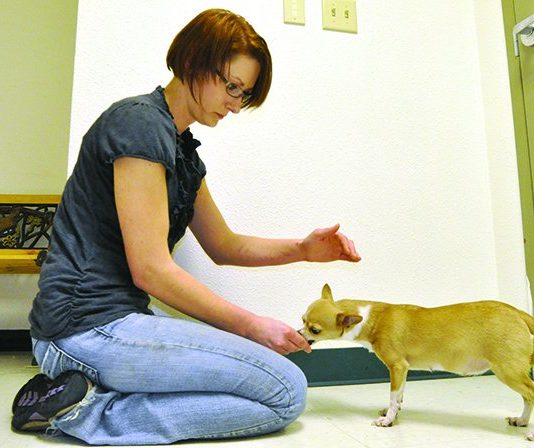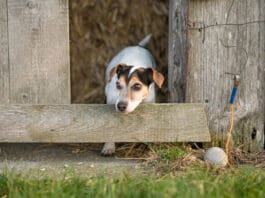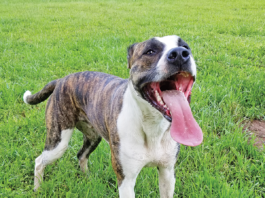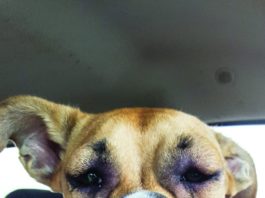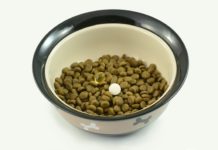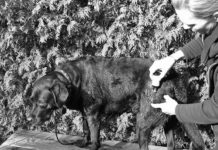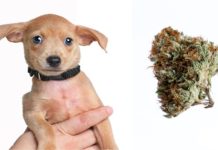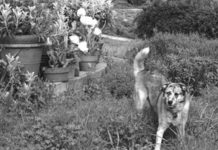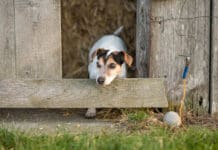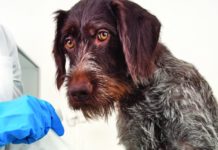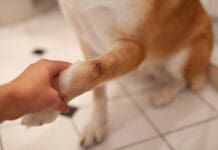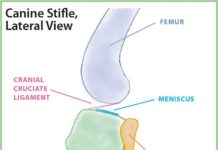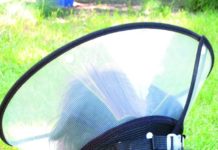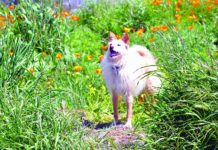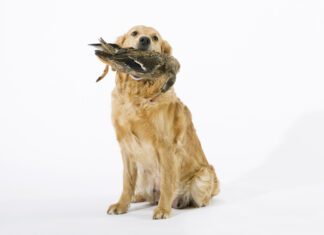Joint Supplements for Dogs
If your dog has been diagnosed with a joint disease such as arthritis, then youre probably no stranger to the world of joint supplements for dogs. Just visit your local pet store, and you will see that options abound. The choices can be confusing. There are chews, powders, and even diets that claim to improve canine joint disease. But which of these supplements are legitimate, and how can you tell?
Home Treatments for Injured Dogs
A muscle strain here, a pulled ligament there, a sprain, a bruise pretty soon we're talking about serious problems. Canine sports injuries are increasingly common, but there is much you can do to catch them early, treat them correctly, and reduce the risk of your dog getting badly hurt, needing surgery, or having to retire from competition.
Marijuana Toxicity in Dogs
The symptoms of marijuana toxicity will vary based on the dog, but general symptoms in dogs include depression, vomiting, urinary incontinence, ataxia (wobbliness), tremors, stupor, and bradycardia (slow heart rate). However, Dr. Wismer explains about 25% of dogs exposed to cannabis will become stimulated instead of depressed and show agitation and high heart rate. Dogs with severe marijuana toxicity can develop low blood pressure and coma.
Natural Remedies for Cleaning Dog Wounds
Your dog just had surgery, stepped on broken glass, caught her tail in a door, has a puncture wound, got bit or scratched, tangled with barbed wire, or has an abrasion that came from who knows where. You want the wound to heal quickly without bleeding, pain, or infection. The following strategies help achieve that result.
Help Heal Your Dog with Common Herbs
All I could hear was the buzz of a thousand bees as I parted my way through a deep thicket of Heracleum lanatum, a tall, broad-leaved member of the parsley family commonly known as cow parsnip." The big
Emergency: My Dog Ate Rat Poison
There are a few different types of rat poison, which is why it’s vitally important to know which kind your dog ate and hopefully approximately how much. Your veterinarian and Poison Control will use this information to formulate the best plan for saving your dog.
Dog Paw Cuts and Scrapes: How to Treat a Paw Injury
Your dog's paw pads act much like the soles of sneakers, protecting your dog's foot and cushioning each step. Paw pads are tough, but they can still be cut by sharp objects or worn off if your dog runs hard on rough terrain. What should you do when your dog cuts or tears a pad?
Natural Antiseptics for Dog Wounds
A dog's minor injuries like small abrasions will heal faster if kept clean. Natural antiseptics can provide a way to keep injuries clean without the pain associated with antiseptics like alcohol.
Torn Cruciate Ligaments in Dogs
A cranial cruciate ligament injury in a young, healthy dog is typically an athletic injury. In older dogs, it is usually an injury of chronic wear and tear. This explains why its so common for a dog who has damaged the CrCL on one side to then tear it on the other side. When you take one back leg out of commission, the work load shifts to the other, increasing the strain on the ligaments of the good leg.
Do You Know Your Dog’s Normal Heart Rate?
Learning your dog’s normal vitals – temperature, pulse, and respiration – is useful for detecting health problems or tracking your dog’s response to medication. It is also good information to provide when calling your veterinarian or an emergency clinic to make an urgent appointment .
How to Treat Dog Wounds
complications from incorrect bandaging can be severe. The original wound on this foot was bandaged for several days by the owner. The dog was seen at a veterinarian's office after the bandage became wet and had an odor."
Teach Your Dog to Relax Around Bees
Just like a good skunking doesnt stop most dogs from going after those black-and-white critters again the next time (darn it!), there are many dogs who seem goaded into more intense bee-chasing behavior after an unfortunate encounter of the stinging kind. Conversely, there are also dogs who become literally phobic about all small, flying creatures after a stinging incident. Then there are those who develop an obsessive-compulsive behavior known as fly-snapping.


